The Mazda 6 will introduce the firm's new G-Vectoring Control technology when the family car's line-up is updated this autumn.
The new feature is the first in a new series of innovations called Skyactiv Vehicle Dynamics and is designed to reduce driver stress and fatigue over long distances. It will be a standard fitment on all 6 saloon and Tourer estate models and be rolled out across the rest of the Mazda range as models are updated or replaced.
G-Vectoring Control works by modulating engine torque to put extra weight on the front wheels’ contact patches, which allows drivers to steer through corners without making so many small corrections. It also reduces the need for minor steering adjustments on a straight road.

Although it's almost imperceptible to the driver at any given point, the reduction in effort and concentration needed to maintain steering lines, as well as the reduced forces on the head and body caused by less vehicle movement, lessens the long-term impact on the driver.
We tried G-Vectoring Control earlier this year and found that the evidence for a more relaxed overall experience was compelling.
Other changes to the 6 line-up include two revisions to the 2.2-litre diesel engine. Transient Control gives a more positive throttle input and Natural Sound Smoother technology reduces diesel knock during start-up and low-speed acceleration. NSS works by suppressing resonance from the piston and connecting rod, using a dynamic damper inside the piston pin.
Sound insulation throughout the car has been upgraded by way of improved door seals and panel gaps, better sound-deadening material and new lamination on the front side windows.


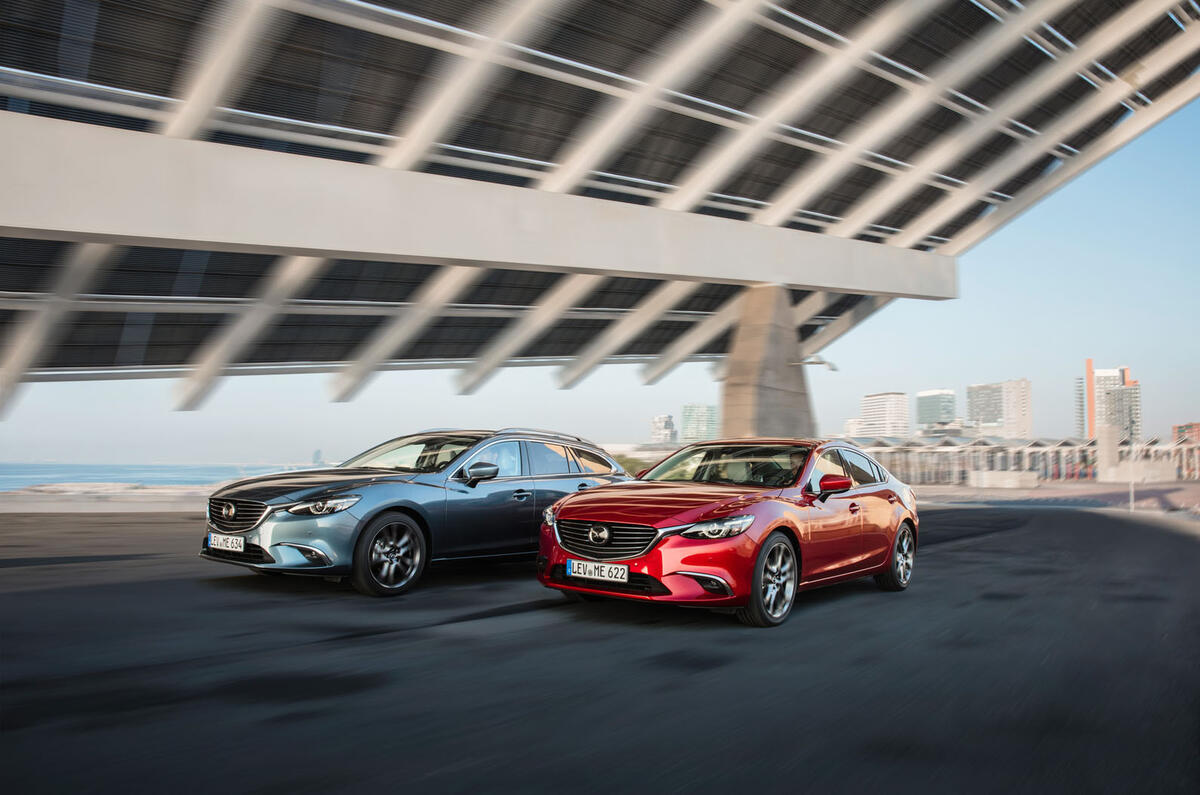
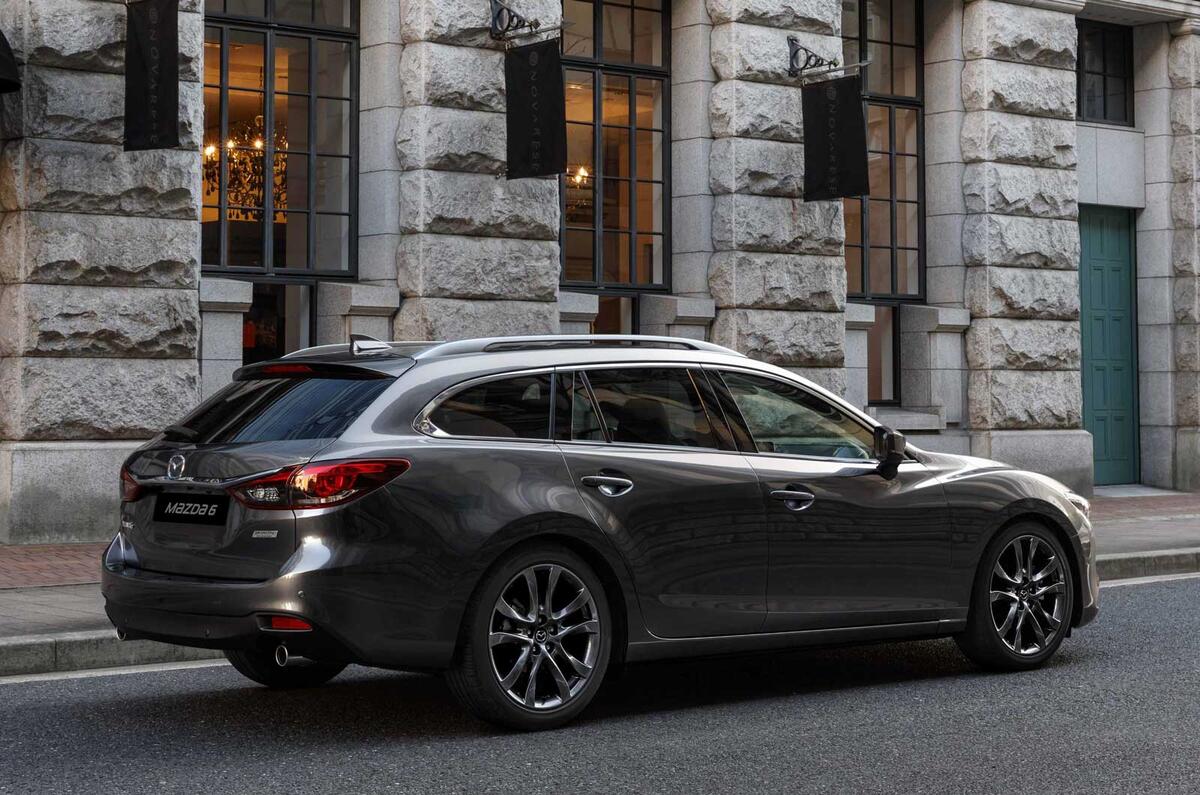

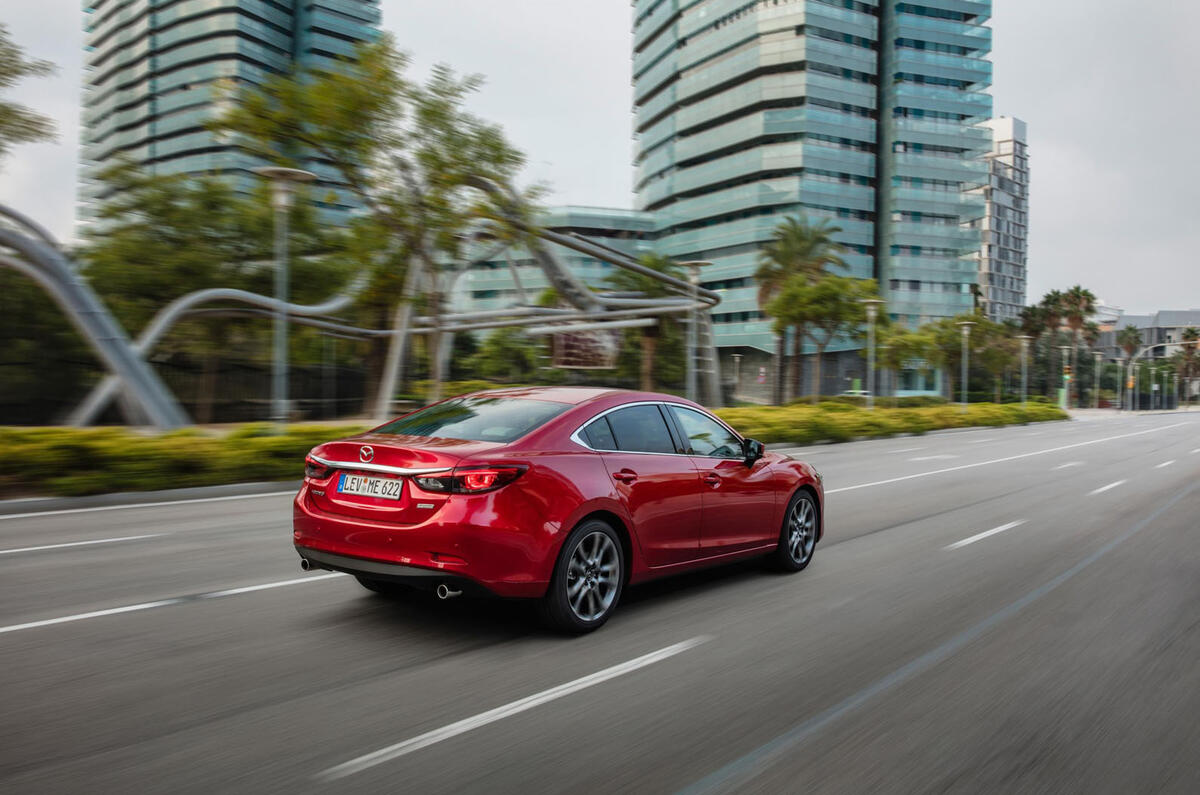
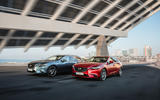
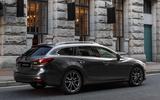
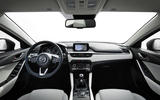
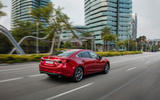



Join the debate
Add your comment
Not convinced,